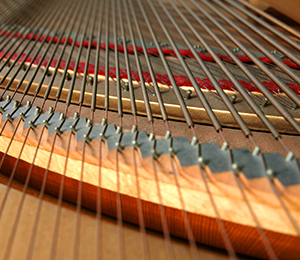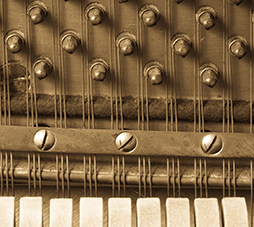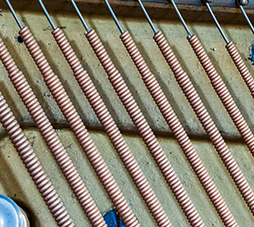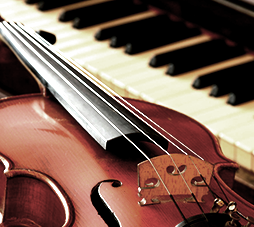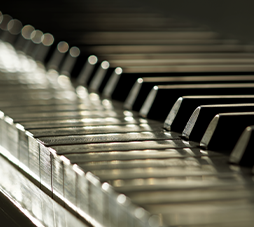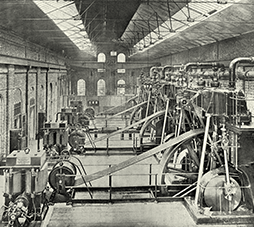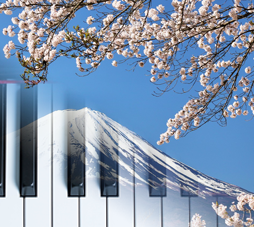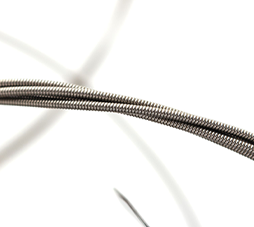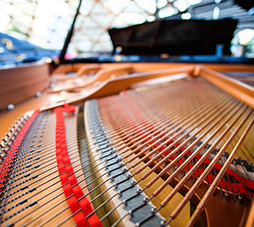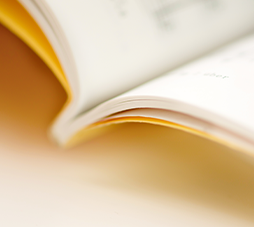Music WireJapan's first piano
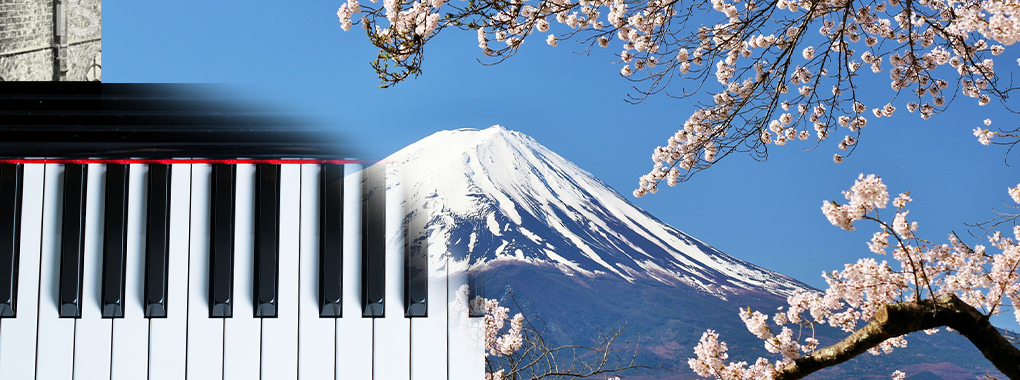
Japan's first piano
Unfortunately, there is no reliable data on when and how the piano was first conveyed to Japan. However, the oldest piano currently in Japan has been preserved by the Kumagaya family in Hagi City, Yamaguchi Prefecture. This piano was brought in by a doctor, Philipp Franz Balthasar von Siebold of the Netherlands, who came to Japan in 1823. It is a compact piano in the shape of a square table produced by William Rolfe & Sons of the UK around 1806, which Siebold reputedly donated to the Kumagaya family when he returned home in 1828.
With a wooden frame, this piano uses dual unison strings for each note. Of these, 52 pairs are of low-carbon iron wire, while five notes use brass wire and 11 use open windings over brass wires. This is very representative of the piano strings in use in Europe from the late 18th to the 19th century.
Domestic upright piano from around 1900
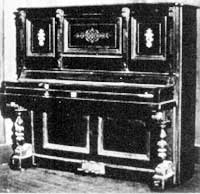
Photo provided by Yamaha Corporation
Generally, the first piano made in Japan was an upright type manufactured in the year 1900. It was produced by Torakusu Yamaha of Nippon Musical Instruments Manufacturing Co., Ltd. (now Yamaha Corporation) with the assistance of younger company members including Daizaburo Matsuyama, Naokichi Yamaha and Koichi Kawai (who would go on to found Kawai Musical Instruments Mfg. Co., Ltd.).
However, prior to this, Torakichi Nishikawa learned about organ and piano manufacturing methods from British and German craftsman in Yokohama and, in 1886, established the Nishikawa Organ Factory. Torakusu Yamaha also began to manufacture keyboard instruments in 1890 at the Yamaha Organ Factory, predecessor of the Nippon Musical Instruments Manufacturing Co., Ltd. There is a record that both piano makers would go on to exhibit their instruments at domestic expositions, competing against each other in terms of design, craftsmanship and performance. The reason why "organ" is used in the names of both companies is probably because there were bigger demands for organs that were cheaper than imported pianos, not to mention the difficulty of manufacturing at that time.
Although all of these pianos were domestically produced, in reality only the external wooden cabinetry was made locally. Most of the main internal parts were imported from overseas. It can be hard to define exactly what constitutes domestic production, but Japanese pianos generally continued to depend on imported music wire for their strings until after the Second World War.
Even ordinary piano strings depended on imports until 1938. It then became possible to manufacture a fully domestic-made product. But with the onset of the Pacific War in 1941, munitions understandably were given a higher priority for these materials over private, less-critical demands.

